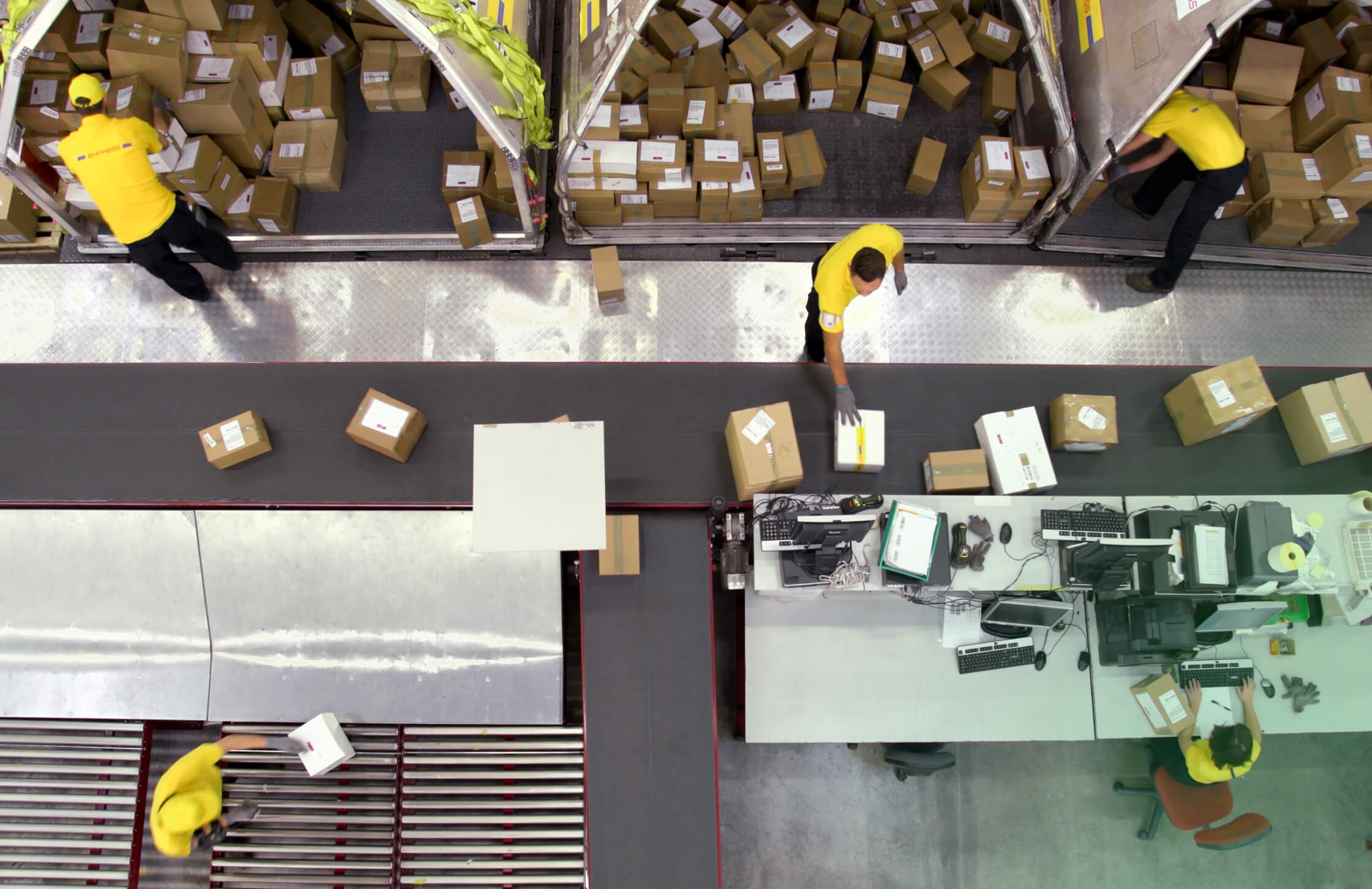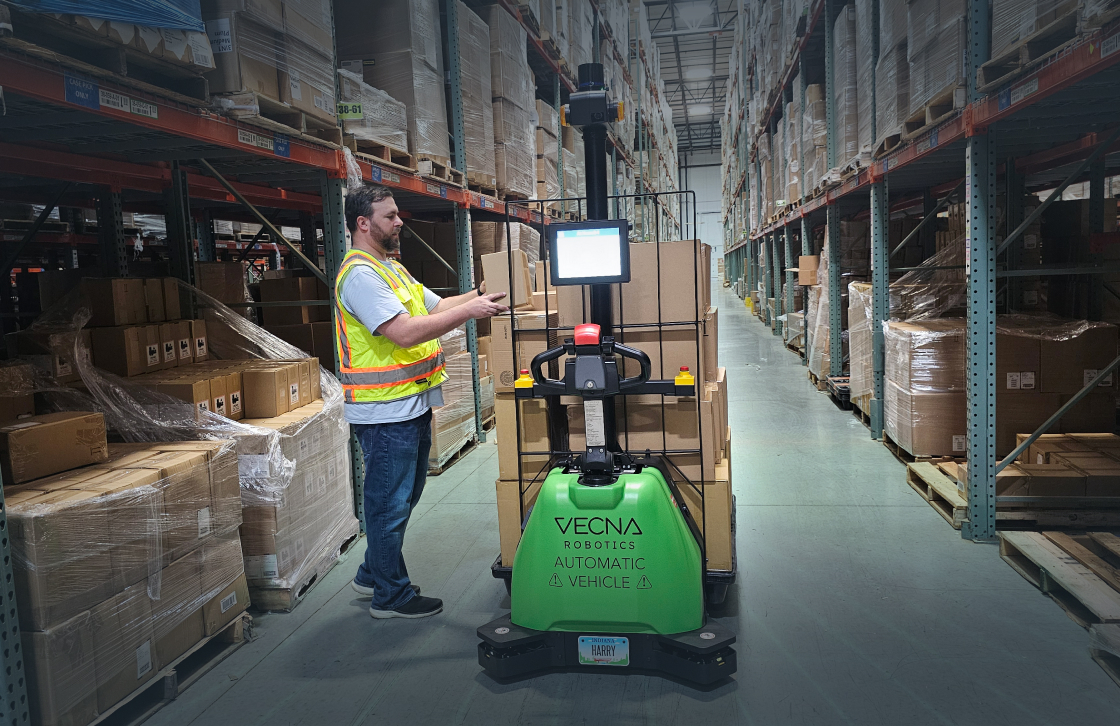Warehouse shipping is a critical aspect of any business that relies on the movement of goods. It is the process of receiving, storing, and sending out products to customers or other locations. The success of a business depends on the efficiency and accuracy of its warehouse shipping operations. However, mistakes can occur, and when they do, they can have a significant impact on the business’s bottom line. In this article, we will discuss some of the most common warehouse shipping mistakes and how to avoid them.
6 common warehouse shipping mistakes
- Poor inventory management: One of the most significant mistakes that can occur in warehouse shipping is poor inventory management. This includes not properly tracking inventory levels, not updating inventory records, and not having a clear understanding of what products are in stock. This can lead to stockouts, overstocking, and lost sales. To avoid this mistake, businesses should implement an inventory management system that tracks inventory levels, updates inventory records, and provides real-time data on stock levels.
- Shipping incorrect items: Another common mistake in warehouse shipping is shipping the wrong items to customers. This can occur when employees are not properly trained on how to pick and pack items, or when inventory records are not accurate. To avoid this mistake, businesses should train employees on proper picking and packing procedures, and ensure that inventory records are accurate and up-to-date.
- Shipping to the wrong address: Another mistake that can occur in warehouse shipping is shipping to the wrong address. This can occur when employees are not properly trained on how to read shipping labels, or when address information is entered incorrectly. To avoid this mistake, businesses should train employees on how to read shipping labels, and ensure that address information is entered correctly.
- Not packaging items properly: Another mistake that can occur in warehouse shipping is not packaging items properly. This can lead to damage to the product during transit, and can result in customer complaints and lost sales. To avoid this mistake, businesses should ensure that employees are trained on proper packaging techniques and that all items are packaged properly before they are shipped.
- Not Using the right shipping method: Another mistake that can occur in warehouse shipping is not using the right shipping method. This can occur when businesses are not aware of the different shipping options available to them, or when they choose the cheapest option without considering the time it will take for the item to reach the customer. To avoid this mistake, businesses should research the different shipping options available to them, and choose the option that will get the item to the customer in the shortest amount of time.
- Not tracking shipments: Another mistake that can occur in warehouse shipping is not tracking shipments. This can occur when businesses do not have a system in place for tracking shipments, or when they are not aware of the status of their shipments. To avoid this mistake, businesses should implement a system for tracking shipments, and ensure that they are aware of the status of their shipments at all times.
In conclusion, warehouse shipping is a critical aspect of any business that relies on the movement of goods. However, mistakes can occur, and when they do, they can have a significant impact on the business’s bottom line. To avoid these mistakes, businesses should implement an inventory management system, train employees on proper picking and packing procedures, ensure that inventory records are accurate and up-to-date, research the different shipping options available to them, and implement a system for tracking shipments. By taking these steps, businesses can ensure that their warehouse shipping operations are efficient and accurate, which will ultimately lead to increased sales and customer satisfaction.
How automation helps overcome these warehouse shipping mistakes
Automation can help businesses increase efficiency, accuracy, and productivity, while also reducing the risk of human error.
- Inventory management: Automation can help improve inventory management by providing real-time data on stock levels, and tracking inventory levels in real-time. This can help businesses avoid stockouts, overstocking, and lost sales. Automated inventory management systems can also provide alerts when stock levels are running low, allowing businesses to quickly restock and avoid stockouts.
- Picking and packing: Automation can help reduce the risk of shipping incorrect items by automating the picking and packing process. This can include the use of barcode scanners, RFID readers, and automated picking robots. These technologies can help ensure that the correct items are picked and packed, reducing the risk of human error.

- Shipping to the wrong address: Automation can help reduce the risk of shipping to the wrong address by providing real-time data on shipping addresses. This can include the use of address validation software, which can automatically check and correct addresses before items are shipped. This can also include the use of automated shipping systems that can automatically sort items based on shipping address, reducing the risk of human error.
- Packaging: Automation can help reduce the risk of damage to items during transit by automating the packaging process. This can include the use of automated wrapping and sealing machines, which can ensure that items are packaged properly and securely before they are shipped.
- Shipping methods: Automation can help businesses choose the right shipping method by providing real-time data on shipping options, delivery times, and costs. This can include the use of automated shipping software, which can automatically select the best shipping method based on factors such as delivery time, cost, and distance.
- Tracking shipments: Automation can help businesses track shipments in real-time, and provide real-time data on the status of shipments. This can include the use of automated tracking systems, which can provide real-time data on the location of shipments and delivery times.
In conclusion, automation can play a significant role in reducing common warehouse shipping mistakes, improving overall operations and even helping to mitigate the impact of widespread labor shortages. Automation can help businesses increase efficiency, accuracy, and productivity, while also reducing the risk of human error. By implementing automation in areas such as inventory management, picking and packing, shipping, packaging, shipping methods, and tracking shipments, businesses can ensure that their warehouse shipping operations are efficient and accurate, which will ultimately lead to increased sales and customer satisfaction. Automation can also allow businesses to save on labor costs and increase their competitiveness in the market.
If you’re ready to get started with an initial assessment, contact us to set up an appointment with a Vecna Robotics automation expert.





